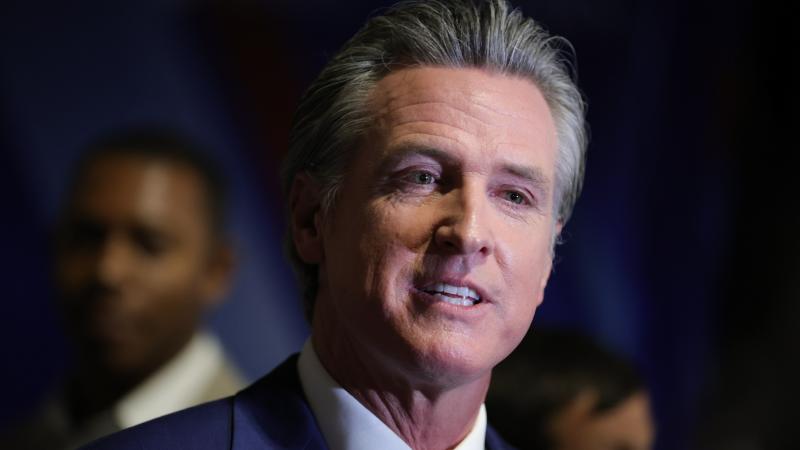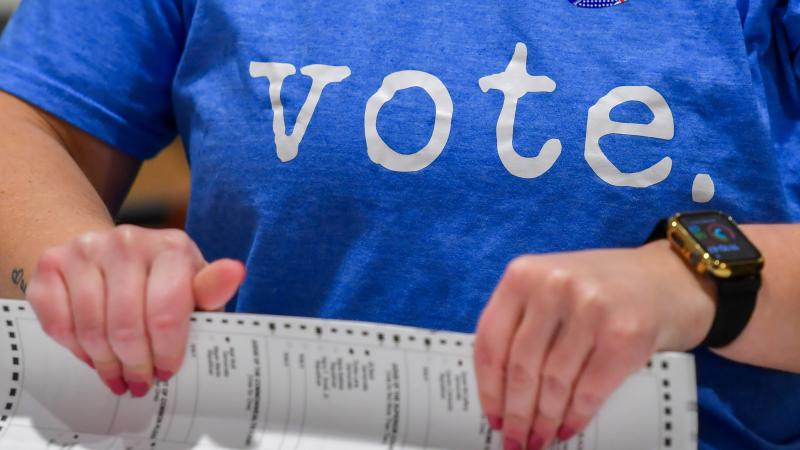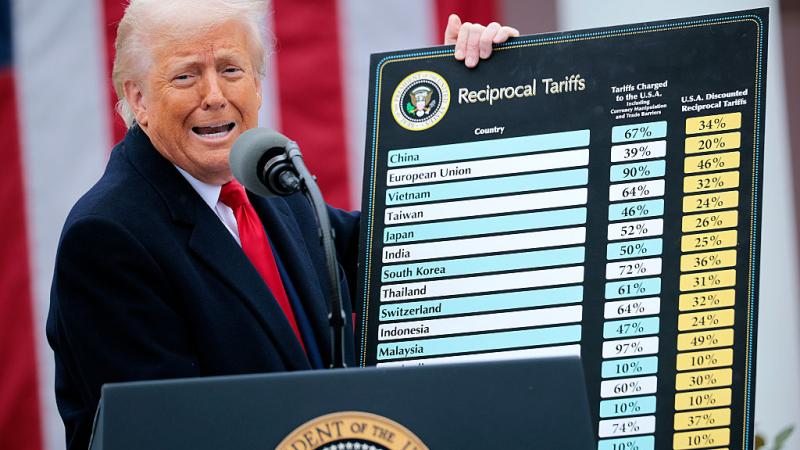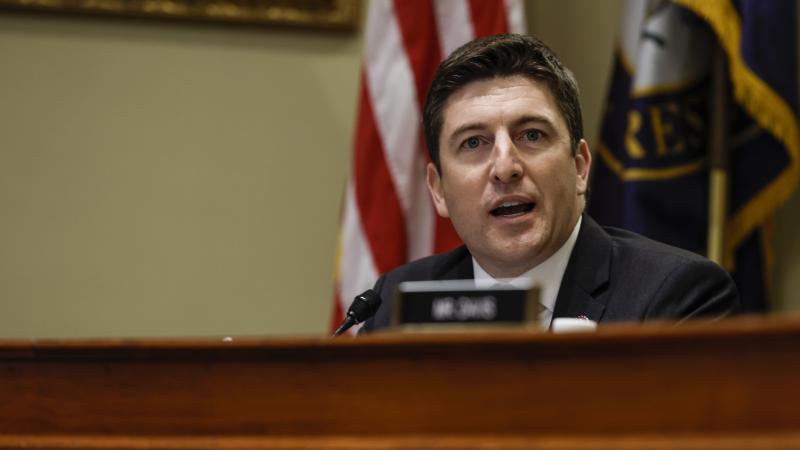Newly acquired New Orleans street barriers inadequate for high-speed attacks, expert warns
The New Orleans City Council has launched an investigation to examine the city's current barriers, which include the Heald HT2 Matador system and the newly acquired RCS8040 S10 removable bollards.
(The Center Square) − New Orleans is hardly the first city to wrestle with the failures which allowed for an attack like the one on New Years.
The New Orleans City Council has launched an investigation to examine the city's current barriers, which include the Heald HT2 Matador system and the newly acquired RCS8040 S10 removable bollards.
Keith Bobraski, president of Delta Scientific Corporation, which manufactures military-grade security barriers, criticized the RCS8040 bollards as insufficient for stopping high-speed, heavy vehicles.
"They're meant to stop a vehicle from bumping into glass," Bobraski told The Center Square, emphasizing that advanced electric trucks, like the one used in the attack, require more robust defenses.
"A lot of customers that don't have the funding or didn't want to spend for military-rated products would justify it by saying, 'we're only worried about small, light vehicles bumping into these,'" Bobraski said. "This electric truck proved the point: It was over 6,000 pounds, a very heavy civilian vehicle, and those electric motors can accelerate incredibly fast. Without a formidable obstacle, it can just keep going."
Further, the Matador system is "prone to having debris stuck in the track without proper maintenance," according to a story in The Guardian.
High foot-traffic events are the obvious target of choice for vehicle attacks, ripe with busy, unassuming targets, affording an opportunity for the terrorist who wishes to inflict as much terror as possible. Accordingly, keeping vehicles from accessing these areas is crucial.
"People were herded in, while there were people all along the promenade in Nice for the fireworks, 30,000 people over 4 or 5 kilometers. Access to the promenade was not regulated. There should have been roadblocks in all the adjacent streets," said Fabrice Devesa, a French police officer, following the vehicular attack in Nice which left 87 dead.
After the attack in France, cities across the country enhanced security at major events. In Dax, festival access points are now blocked with chicanes, which function to limit a car's speed and maneuverability, and monitored by hundreds of security guards, Republican Security Corps units, and soldiers.
Lille, another French city, canceled its popular flea market in 2017 due to safety concerns, underscoring the significant adjustments required to mitigate risks.
In New York City, after a 2017 vehicular attack killed eight people, officials invested $50 million in protective measures, including 1,500 metal bollards at high-traffic locations. These permanent barriers replaced temporary concrete cubes and were designed to both secure public spaces and allow pedestrian flow.
Like New York City, New Orleans has begun an investigation inquiring about the quality and quantity of street barriers.
The investigation aims to scrutinize the functionality and accountability of both the previously installed Heald HT2 Matador system and the newly acquired RCS8040 S10 removable bollard system.
At the time of the attack, the bollards on Bourbon Street were undergoing repairs ahead of next month's Super Bowl LIX, which the city is set to host.
However, police noted that even functional barriers might not have prevented the tragedy. The perpetrator bypassed safeguards by driving onto the sidewalk.
"We did indeed have a plan, but the terrorist defeated it," said New Orleans Police Department Superintendent Anne Kirkpatrick.
Reports suggest that New Orleans was aware of the vulnerability of Bourbon Street to vehicular attacks, so if anything was defeated, it was the city's organizational and security measures.
A 2019 security assessment for the French Quarter highlighted significant issues, stating that the existing bollards "did not appear to work" and recommended immediate fixes. The report also identified vehicular ramming as a top threat to the area.












